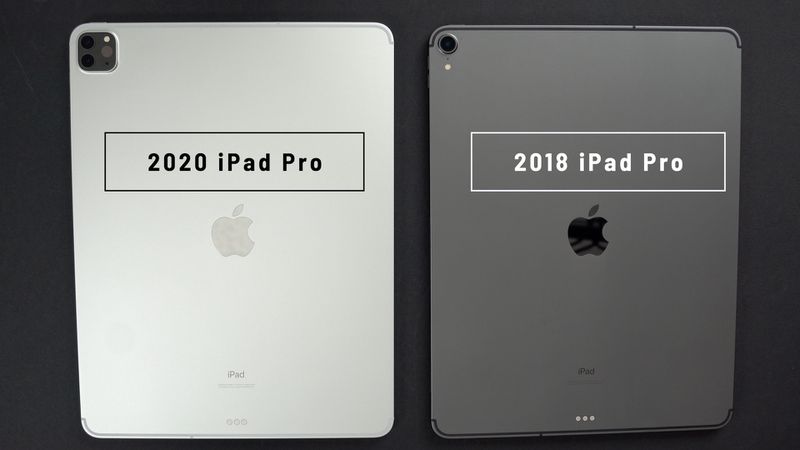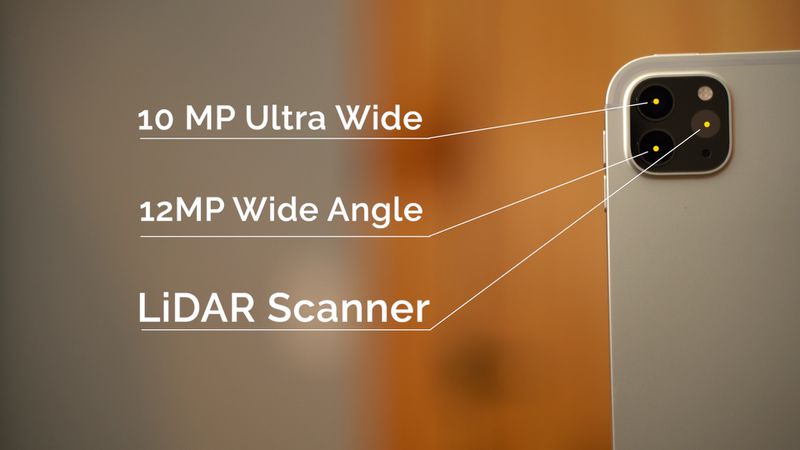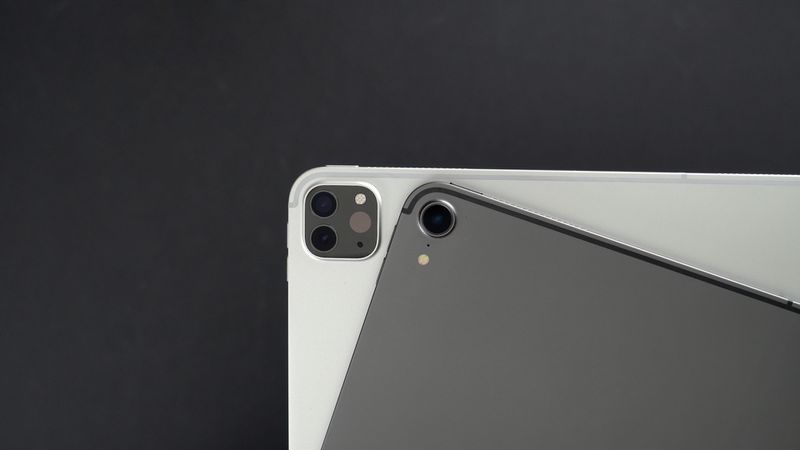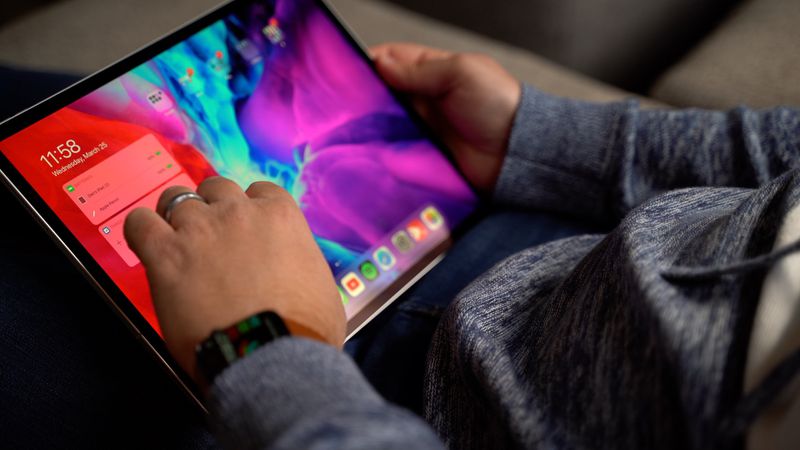Apple last week announced new 11 and 12.9-inch iPad Pro models, and as of today, the new iPads are arriving to customers. We picked up one of the new 12.9-inch models and checked it out to see just what’s new and whether it’s worth buying.
Subscribe to the MacRumors YouTube channel for more videos.
When it comes to design, the new iPad Pro models are identical to the 2018 iPad Pro models, but with one important distinction — a new square-shaped camera bump that accommodates a new camera setup.

There’s a 12-megapixel wide-angle camera and a 10-megapixel ultra wide-angle camera, which, notably, is not the same as the 12-megapixel ultra wide-angle camera that’s in the iPhone 11 Pro, though it’s very similar when it comes to image quality.
Along with the two cameras, there’s a new LiDAR Scanner, which is meant to add some pretty nifty new AR capabilities. The LiDAR Scanner uses reflected light to measure the distance from the sensor to surrounding objects up to five meters away, indoors and outdoors. It can basically create a more complete and detailed understanding of a scene and what’s around you, which is useful for AR.


There are some improvements you’ll see immediately in AR apps like people occlusion and better motion capture, but right now, there aren’t a lot of AR apps that can take full advantage of the LiDAR Scanner. We’ll have to wait to get a more complete picture of what it does, and we can also expect this same technology in next-generation iPhones.


The cameras look great, and are basically equivalent to what you’re going to get with the iPhone, but improved camera capabilities may not be what most people are looking for in an iPad as it’s not the easiest device to capture images and video with.
Though there are two cameras, there’s still no rear portrait mode, which is something to be aware of. The front-facing TrueDepth camera system hasn’t changed and it’s still 7-megapixels.


Along with the new square-shaped camera bump, the iPad Pro comes with an upgraded A12Z Bionic chip. It’s an improvement over the A12X in the previous-generation iPad Pro, but only when it comes to GPU performance. CPU performance is just about the same based on Geekbench tests, though there’s an 8-core GPU instead of a 7-core GPU, so there are some modest performance gains.
The processor in the 2018 iPad Pro was powerful enough for gaming, 3D rendering, video editing, and other intensive tasks, and the 2020 iPad Pro is just as capable, though not really more capable. Base RAM in the new iPad Pro has been bumped up, though, and all models now ship with 6GB RAM. In 2018, only the iPad Pro models with 1TB of storage had 6GB RAM, while others had 4GB.


Apple’s 2020 iPad Pro models also have more LTE bands, which is great if you’re traveling, and they’re WiFi 6 compatible, ideal for future proofing. WiFi 6 isn’t widely used yet, but it may be much more widespread in a few years.
There are also now five studio…
https://www.macrumors.com/2020/03/25/ipad-pro-hands-on/
















